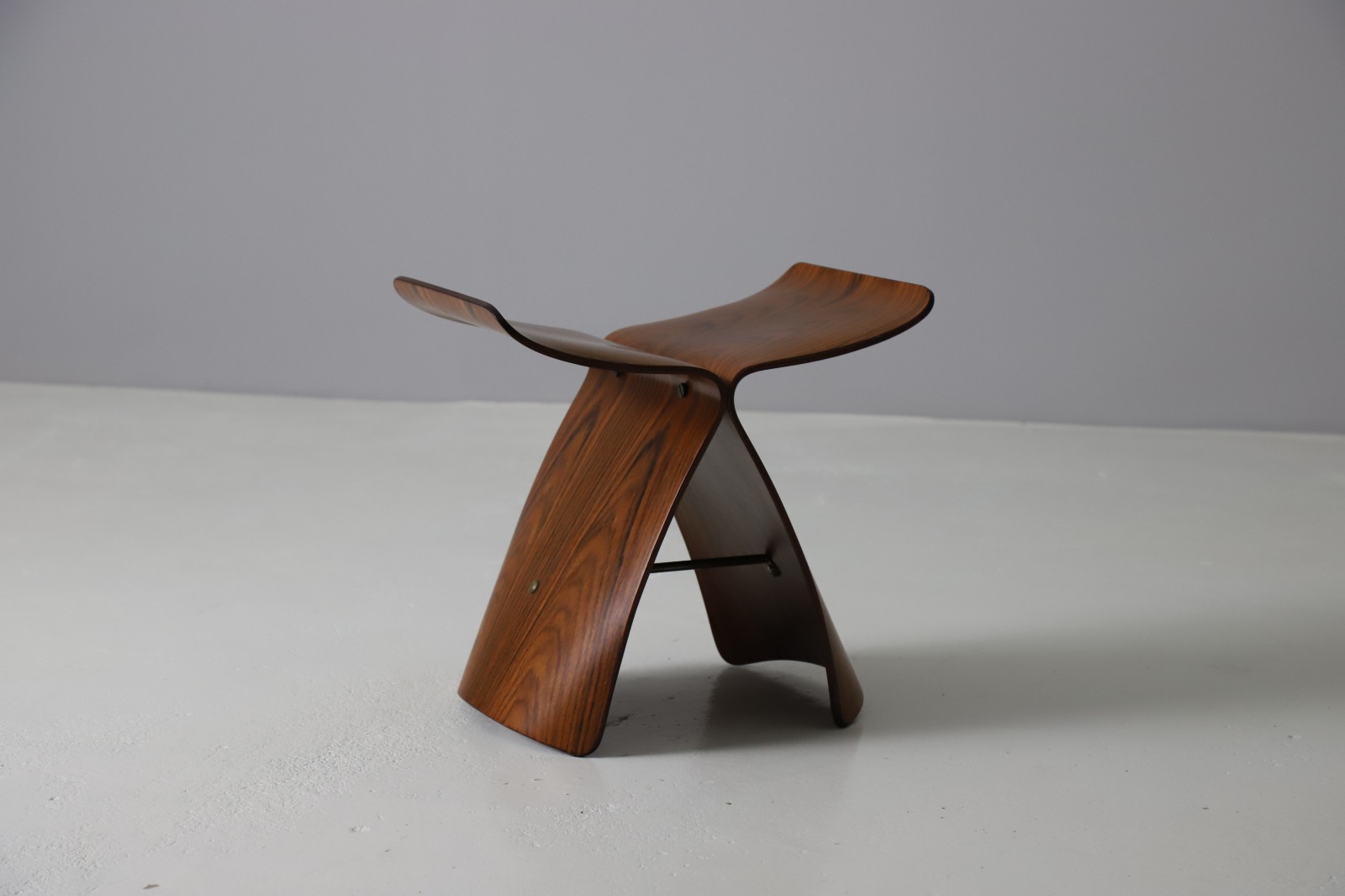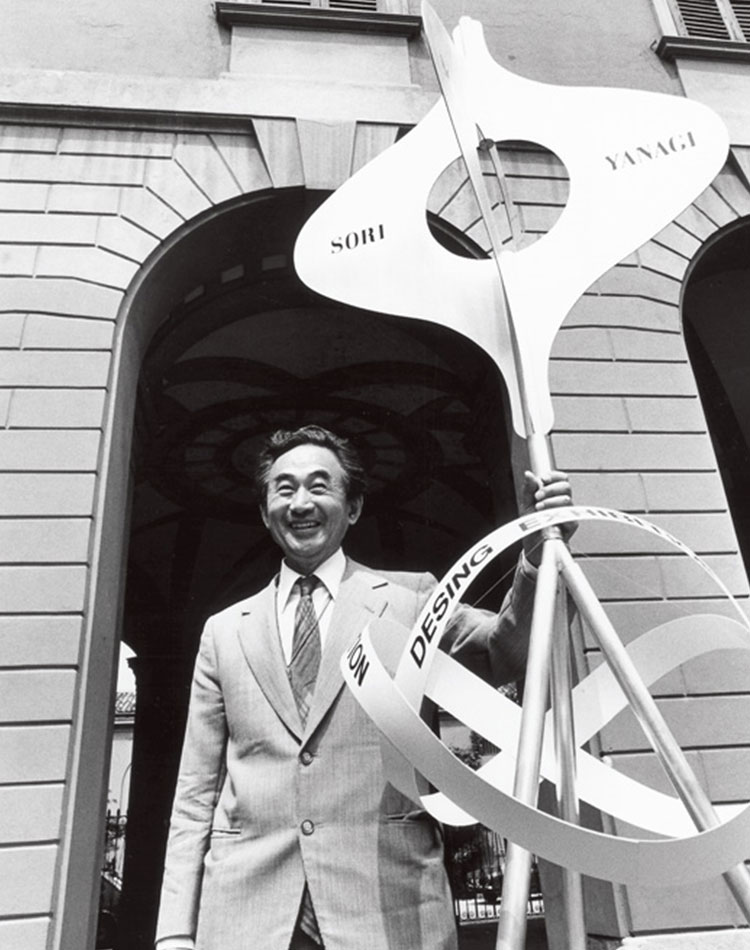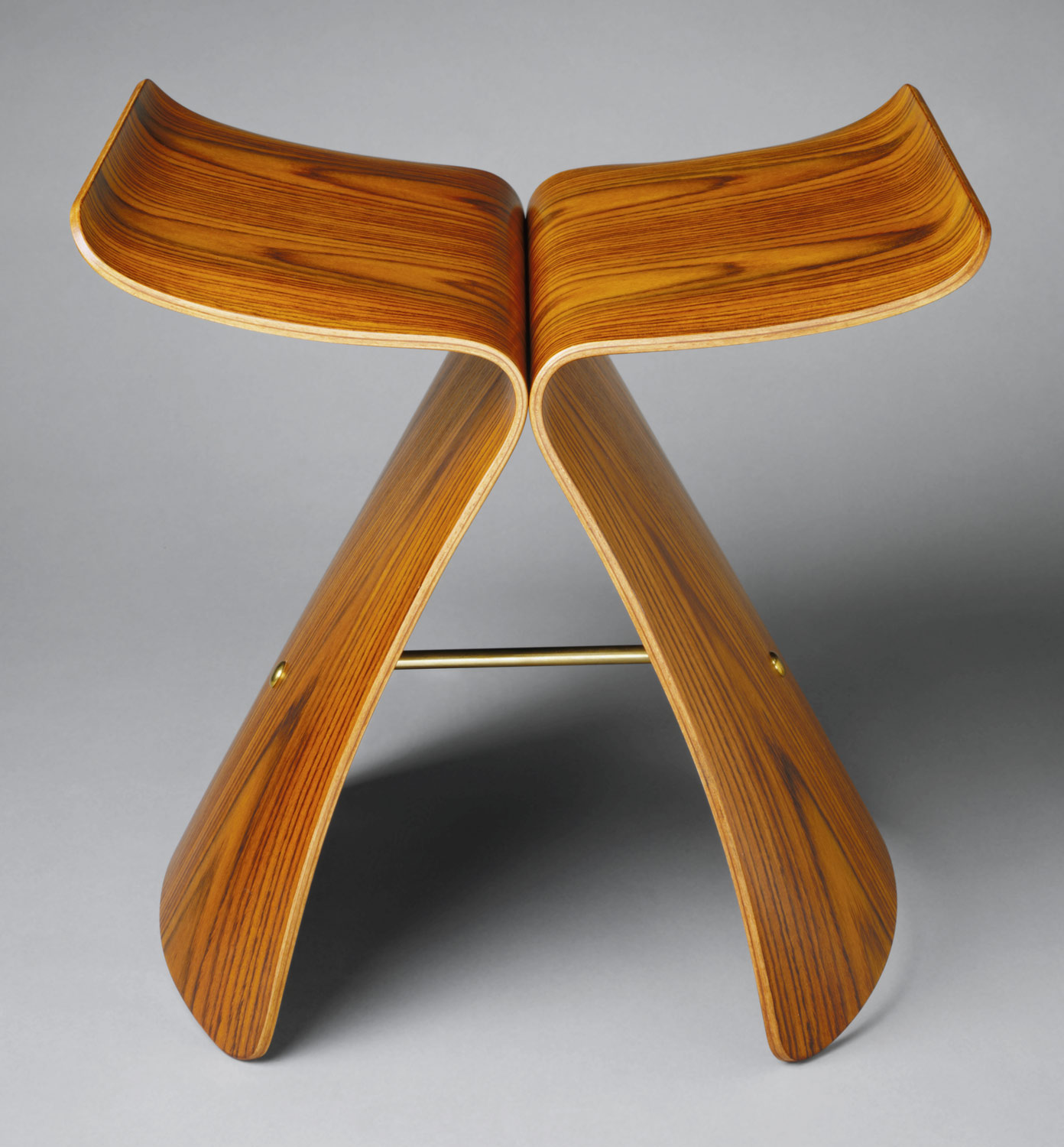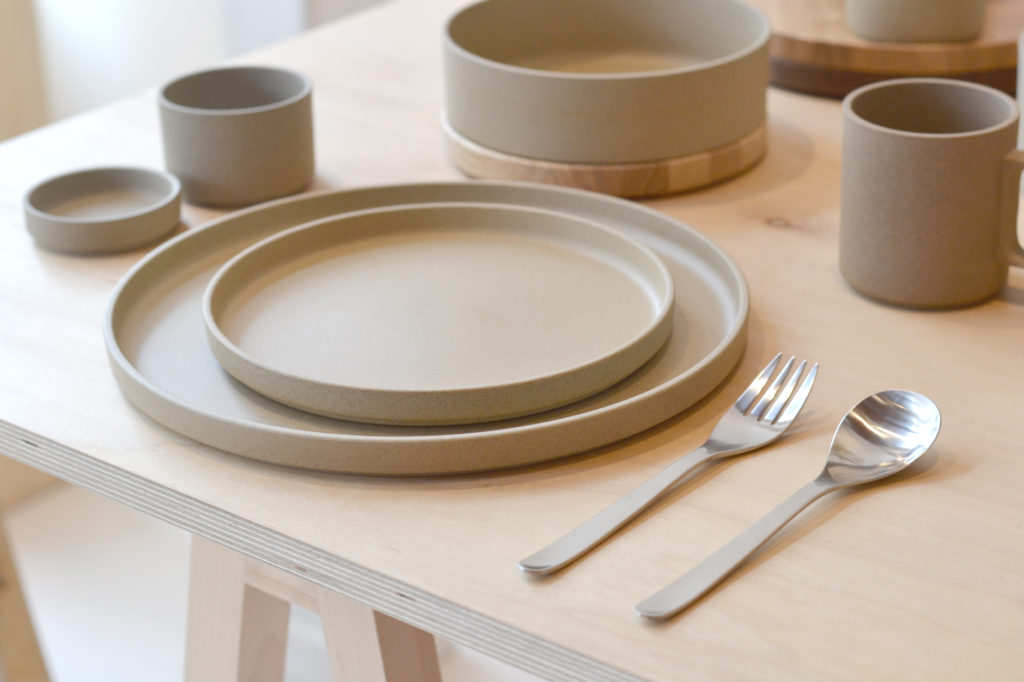
Sori Yanagi Shop / Tokyo
Sori Yanagi was born as a son of the Japanese Folk Crafts Museum founder, Soetsu Yanagi, in 1915. Having the background of studying both art and architecture in school, he pioneered Japanese postwar industrial design. He also designed the torch holder and the seats in the stadium for the Tokyo Olympic Games in 1964.

Sori Yanagi Japanese Industrial Designer
This successful synthesis made Sori Yanagi one of the most significant Japanese designers of the post-war era. In addition to furniture, he also designed lighting, glass objects, cutlery, children's toys, metro stations, cars and motorcycles. In 1977, Sori Yanagi was named director of the Japanese Folk Art Museum in Tokyo. He died in Tokyo in.

Make Your Next Cocktail in Our Sori Yanagi Glass Umami Mart
Sori Yanagi is at the forefront to discover European Modernism and reflections on industrial design thanks to his collaboration with Charlotte Perriand. In 1947, he studied these fields and he won the first prize in the Japanese Industrial Design Competition. He is the son of Sōetsu Yanagi, founder of the Mingei movement, celebrating Japanese.

SORI YANAGI Stainless Steel Kitchen Whisk Made in Japan
Sōri Yanagi (柳 宗理, Yanagi Sōri, 1915-2011) was a Japanese industrial designer. He played a role in Japanese modern design developed after World War II to the high-growth period in the Japanese economy. He is both a representative of the wholly Japanese modern designer and a full-blown modernist who merged simplicity and practicality.

SORI YANAGI Iron Frying Pan with Lid 18cm Made in Japan
Sori Yanagi also designed stainless-steel cooking utensils: a kettle, tongs and set of sieves. Each product has been used for years in many Japanese homes. By creating these objects, Sori Yanagi firmly confirmed that the Mingei movement's values could be updated and reinterpreted in a contemporary way.

SORI YANAGI Stainless Steel Kettle Matte 2.5L Made in Japan
Mix & Match - Stock Up & Save 15-20% The Sori Yanagi Collection. From a master of Japanese design "True beauty is not made; it is born naturally," - Sori Yanagi At Placewares, we have a very special place in our heart for Sori Yanagi's designs. Perhaps more than any other designer we've encountered, his works are a timeless blend of traditional craft and form, yet with twists that allow.

SORI YANAGI Stainless Steel Kettle Matte 2.5L Made in Japan
The Sori Yanagi Kettle. The Sori Yanagi Kettle was designed in 1994. It's produced in Niigata, a part of Japan that we often visit, that's well-known for its high-quality stainless manufacturing and dry, clean, and pure sakes. This kettle is almost entirely made by hand, with about 15 different factories involved in its production.

Early Sori Yanagi ‘Butterfly’ stool Studio Alium
Dec. 27, 2011 12 AM PT. Sori Yanagi, whose designs for stools and kitchen pots brought the simplicity and purity of Japanese decor into the everyday, has died. He was 96. The pioneer of Japan's.

eyes of sori yanagi exhibition at the japan folk crafts museum
Sori Yanagi Elephant Stool 1954. Sori Yanagi has 5 works online. and interiors online. Sori Yanagi. Elephant Stool. 1954. Kotobuki Seating Company, Tokyo, Japan. Fiberglass. 14 3/4 x 20 3/4 x 19" (37.5 x 52.7 x 48.3 cm). Gift of Moon Palace Daisuke Enomoto. 134.2010.1-2. Architecture and Design.

Sori Yanagi Japanese Designer Midcentury Signed Bent Rosewood Butterfly Stool For Sale at 1stDibs
Sori Yanagi (1915-2011) was an industrial designer from Japan. Although previously trained as a fine artist and worked in an architectural studio, Yanagi went on to study industrial design in 1947. Biography. In 1952, he opened his design studio in Tokyo, the Yanagi Design Institute.

Mais qui est Sori Yanagi ? Découvrez sa biographie Du Grand Art
Uniting the worlds of craft and industry, Yanagi Sōri (1915-2011) created simple and beautiful items, rooted in Japanese aesthetics. Yanagi's iconic design is characterised by timelessness and functionality, and over 60 years of history. Yanagi was born in Tokyo, he was the son of Yanagi Sōetsu, founder of the Mingei (Folk Craft) Movement.

"Butterfly" Stool Sori Yanagi 1988.195 Work of Art Heilbrunn Timeline of Art History
Although Yanagi's stool was designed and manufactured in Japan, it employs Western form (the stool) and material (bentwood). Its calligraphic elegance, however, suggests a distinctly Asian sensibility despite the rarity of such seating furniture in traditional Japanese culture.. Designer: Sori Yanagi (Japanese, Tokyo 1915-2011 Tokyo.

New in the Shop The Sori Yanagi Flatware Collection Umami Mart
Sori Yanagi is a Japanese industrial designer. He was born in 1915 in Harajyuku, Tokyo, Japan between Soetsu Yanagi and Kaneko Yanagi. His father Soetsu is a founder of Mingei Movement which cerebrates beauty in every ordinary objects made by anonymous craftsman. Because of his father, Sori had many opportunities seeing and touching hand.

SORI YANAGI Stainless Steel Kitchen Whisk Made in Japan
Sori Yanagi Stainless Steel Dessert Knife 21cm ¥ 1,000 JPY. Sold Out. Sori Yanagi Stainless Steel Parfait Spoon 18.5cm Sold Out ¥ 550 JPY. Globalkitchen Japan sells Sori Yanagi products. Nihon Yoshokki Co.,Ltd. is a manufacturer of kitchenware and tableware, located in Tsubame, Niigata.

Sori Yanagi (19152011) Japanese designer, Butterfly stool, 1954 Japanese furniture, Iconic
Having the background of studying both art and architecture in school, Sori Yanagi pioneered Japanese postwar industrial design. Born as a son of the Japanese Folk Crafts Museum founder, Soetsu Yanagi, in 1915. He played a role in Japanese modern design developed after World War II to the high-growth period in the Japanese economy. After World War II, he designed many products: furniture.

Sori Yanagi Butterfly stool Tendo Japan, 1956
Sori Yanagi, 1954. The iconic Butterfly Stool by the Japanese designer Sori Yanagi is a classic piece of furniture that uniquely combines Eastern forms with the plywood moulding technique developed by Charles and Ray Eames. The gently curving silhouette of the twin seat shells is reminiscent of a butterfly's wings - eternally poised for flight.